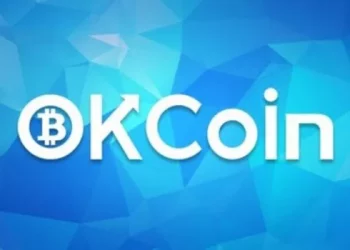Meta Platforms is reportedly planning its return to the cryptocurrency sector by integrating stablecoins for global creator payouts, marking a shift in its strategy three years after the dissolution of its earlier blockchain initiative, Diem.
The company is currently in discussions with multiple crypto infrastructure providers but has not yet finalized a decision on which stablecoin it will use. Potential options include popular stablecoins such as Tether’s USDt and Circle’s USDC, which could streamline payments across platforms like Instagram.
Meta Reassesses its Crypto Approach Post-Diem
Meta’s initial venture into digital currency, first known as Libra and later rebranded as Diem, ended in 2022 after facing significant regulatory hurdles in the U.S. and abroad. The project’s controversial nature led to its eventual shutdown and the sale of its assets.
Now, with new leadership under Ginger Baker, Meta’s Vice President of Product, the company is reportedly exploring new avenues in the stablecoin market. Baker, who joined Meta in January with a background in fintech and cryptocurrency, is spearheading these discussions.
Stablecoins for Global Payments
Meta’s interest in stablecoins stems from the potential to reduce transaction costs associated with traditional banking methods, especially for smaller international transfers. One of the key benefits could be facilitating low-cost payments to creators, with amounts as small as $100 per transaction, which is common within the digital creator economy.
Sources close to the matter revealed that Meta is in a “learning mode” and open to using more than one type of stablecoin, depending on the needs of the region or the particular use case.
Industry Movement Toward Stablecoins
Meta’s renewed interest in cryptocurrency aligns with a broader trend in the financial sector, where companies like Stripe and Visa are increasingly embracing stablecoins. Stripe recently launched stablecoin-based accounts in over 100 countries, while Visa has partnered with crypto firm BVNK and is involved with infrastructure providers like Bridge. Other companies, including Fidelity and Ripple, are also exploring stablecoin solutions.
The stablecoin market has seen significant growth, surpassing a market cap of $230 billion, with projections from Standard Chartered suggesting it could expand by an additional $2 trillion by 2028.
Regulatory Roadblocks and Uncertainty
Despite the growing institutional adoption of stablecoins, regulatory progress in the U.S. remains slow. A recent Senate vote on the GENIUS Stablecoin bill failed, underscoring the ongoing challenges in creating a clear regulatory framework for the digital asset class.
However, the fast-paced growth of new stablecoins in the market, like USD1, launched by World Liberty Financial in March and quickly rising to become the fifth-largest stablecoin by market cap, signals the sector’s rapid development.
While Mark Zuckerberg has yet to comment on Meta’s plans in the crypto space, and the company has not publicly confirmed which stablecoin it will adopt, its recent moves indicate a renewed interest in using blockchain technology for digital payments.
Related topics:
Why Are China And Russia Buying So Much Gold














